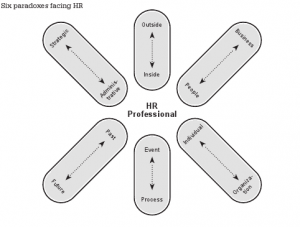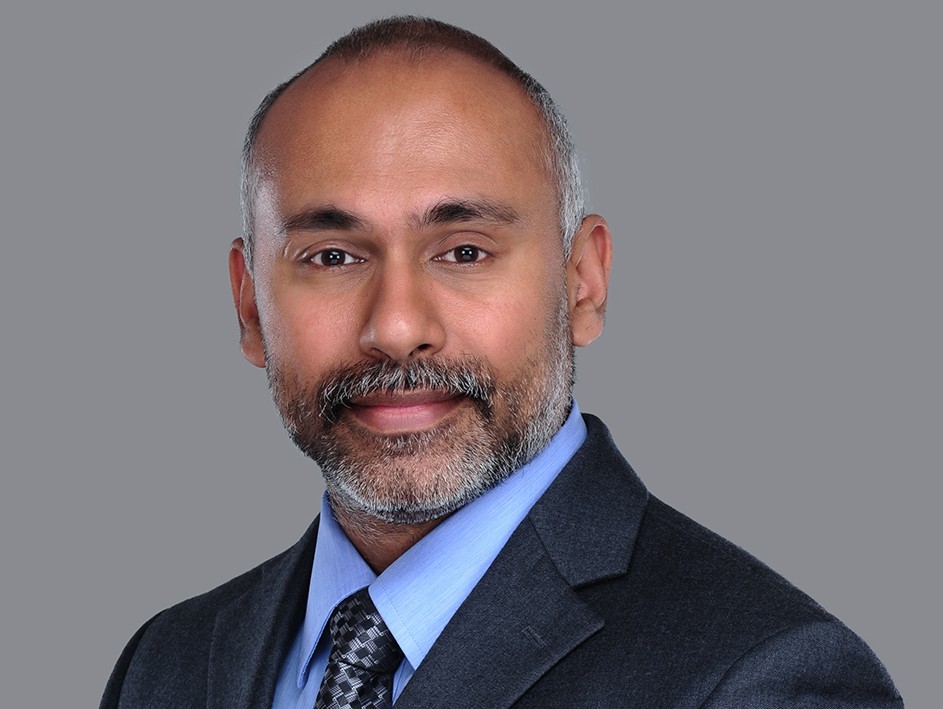How many of us have been to a hospital during the past year, for ourselves or others? Healthcare providers play a vital role in our lives. The frequency of our visits go up over time and very few of us go to a hospital with total peace of mind. It is important for healthcare providers to recognize this, as they play a huge role in the patient’s and family’s wellbeing. There is more to patient care.
In India, it seems that the healthcare infrastructure has developed admirably in many places with the latest equipments, medicines and many technical services (and fees) but the quality of interactions, interfaces and emotional intelligence skills leave a lot to be desired. On the other side, customer/patient experience and satisfaction haven’t kept up. People are constantly on the lookout for the next best service provider and willing to pay more for better services. We seem to have many skilled experts who have low emotional intelligence/social skills and caring approach with their patients. Medical schools, hospitals and clinics can progress a long way by developing these skills consciously from the early school training phase and revising every ‘touch-point’ with their customers/patients across their systems. These aspects have to be revisited constantly but first there needs to be a clear intent to change.
Emotional Intelligence (EI) can be defined as a set of abilities (verbal and non-verbal) that enable a person to generate, recognize, express, understand and evaluate their own and others’ emotions in order to guide thinking and action. It includes two key perspectives – interpersonal (insight into others) and intrapersonal (self awareness).
So, what could we learn from related studies and research around the world?
Patients who feel that their physicians treat them with respect and fairness, communicate well and engage with them outside of the office setting are more active in their own health care. The researchers looked at four factors: the quality of the patient-physician relationship, including how well patients felt their doctors communicated with them; how much respect and fairness patients felt they received; the involvement of the patient in setting treatment goals; and the frequency of any patient-physician communications outside of the office setting, such as email or phone calls. Each of these factors was associated with greater patient engagement, with the exception of involvement in the setting of treatment goals. Getting patients to be more active in their own care is important and this can be decreased by a power differential in the relationship between physician and patient.
Physicians often underestimate patients’ desire for information. In one study – in 65% of the encounters doctors underestimated patients’ desire for information, in 6% they overestimated, and in 29% they estimated correctly. Doctors’ information-giving, was significantly related to patient satisfaction. Affective behavior (especially non-verbal behavior: eye contact, shown interest) appeared to be very important in determining patients’ satisfaction.
Low physician emotional intelligence is associated with greater illness and health care utilization. Empathy may be the most important component of emotional intelligence in the healthcare setting. Given the importance, even centrality, of empathy to the doctor–patient relationship, testing for empathy in medical student applications or development deserves more attention. Issues within the system, e.g.. among doctors, nurses and other staff members also affect patients.
The results of the 2009 Doctor-Nurse Behavior Survey (American College of Physician Executives) indicated that nearly 98 percent of the survey respondents reported witnessing behavior problems between doctors and nurses in the past year. While disruptive behavior is terrible, no matter whom the target, the problem becomes especially worrisome when it affects innocent third parties – patients and their families. It is also important to acknowledge that healthcare providers themselves need support, while having to work with very difficult environments and emotions.
A recent study in Kerala indicated that patience, care and concern of doctors and nurses, doctors’ interest in patients and the comfort provided by them were vital factors impacting patients’ satisfaction. This seems to be aligned with the above studies.
A pivotal study shows that when the brain fires up the network of neurons that allows us to empathize, it suppresses the network used for analysis. It is important to be aware that when the analytic network is engaged, our ability to appreciate the human cost of our action is repressed. In short, we have a built-in neural constraint on our ability to be both empathetic and analytical at the same time.
If you work in healthcare, it would be very worthwhile to review your own self awareness, emotional intelligence and conscious development, at an individual and systemic level. Deep expertise in medical science might lead to a heavy reliance on the analytic brain network – we need both analytical and social.
I leave you with one important question for reflection:
How would it feel if you and your family were on the receiving side of your own service?
“As healthcare professionals, sometimes we fail to see the whole picture. We don’t see the patient, the person, the human being, the mother who had brought up a family who were desperately worried about her condition.” – Dr. Penny Sartori
References/Resources:
Emotional intelligence and patient-centred care, http://www.ncbi.nlm.nih.gov/pmc/articles/PMC1939962/
Doctor-Patient Relationship Influences Patient Engagement, November 29, 2011, http://www.cfah.org/hbns/2011/doctor-patient-relationship-influences-patient-engagement
Doctor-patient interaction, patients’ health behavior and effects of treatment, http://www.ncbi.nlm.nih.gov/pubmed/6474225
Emotional intelligence and empathy: its relevance in the clinical encounter, Paul Burcher , Dove Press Journal, May 2011
Bad Blood: Doctor-Nurse Behavior Problems Impact Patient Care, Carrie Johnson, https://www.ache.org/policy/doctornursebehavior.pdf
DOCTOR-PATIENT COMMUNICATION: A REVIEW OF THE LITERATURE, L.M.L.ONG, J.C.J.M.DEHAES, A.M.Hoos, and F.B.LAMMES, http://tusk.tufts.edu/auth/pdf/529179.pdf
Role of Empathy In Ensuring Patient Satisfaction At Government Hospitals In Kerala: An Investigation, Rehin.K.R, Dr. Raveendran. P.T.
Empathy represses analytic thought, and vice versa, http://blog.case.edu/think/2012/10/30/empathy_represses_analytic_thought_and_vice_versa




Recent Comments